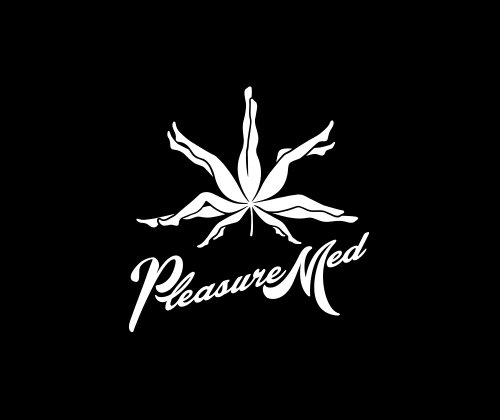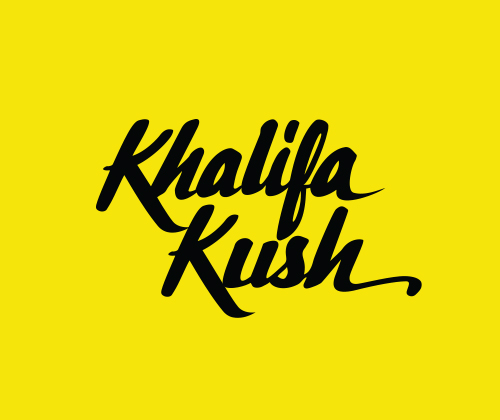David Rios' True Story
He tried to yell “Help!” but couldn’t. Six bullets weren’t enough to break David Rios.
Written By: DAWN HESCH
Photography By: FRED SIEGEL

David Rios hit the pavement face first, his body folding between two parked cars, just steps from where he’d been ambushed by three young men in a rival gang. Six bullets at close range. All through his lower body. He couldn’t get up. He tried to yell “Help!” but he couldn’t.
Looking back and forth, “I thought, like any normal person: ʻWere they going to come back and finish the job?ʼ” He was twenty years old. It was the day after his birthday. Exactly ninety days since his release from prison.
“I was lying there, conscious, and I could feel myself getting tired... and Iʼm thinking, maybe Iʼm dying? I began to think about my mom... it was so hard to breathe. But I could hear the sirens in the distance. I knew they were coming for me. All I could do was just try really hard to stay awake until they arrived.”
“I was very prideful, the type of person who didnʼt want to let go of life. And I told myself, ʻFight, just fight.ʼ The ambulance arrived, I kept trying to talk, but no words would come out. I heard an older man, the first responder, tell his younger partner, ʻHeʼs just a gang member, dude, heʼll be another statistic by the morning,ʼ and he left his partner to load me up by himself. I remember locking eyes with this younger guy. I looked at him like, ʻPlease help me, brother.ʼ He understood. He looked right at me and said, ʻStay with me. Iʼm going to do everything I can to keep you alive.ʼ”
“Two weeks later, I woke up from a coma. I was diagnosed with a ʻcompleteʼ spinal cord injury.” Complete, meaning there was zero chance David would ever walk again. He was alive. He was a paraplegic. The world he knew was gone.
David Rios grew up in La Puente, California, a small town of about forty-thousand people, 24 miles East of Los Angeles. Davidʼs childhood was rooted in love. His parents didnʼt drink. Didnʼt smoke. He had always maintained a good GPA, and played on both the football and baseball teams in school. When asked if his mother was cool with his cannabis use, heʼs realistic: “She wasnʼt, because you know, she was just trying to be like any good mother,” he said. She didnʼt like it, but “I also think she knew it helped me and if I was smoking at home it meant I wasnʼt running around town, so she gave me some incense... It was my momʼs way of saying, ʻI donʼt want you to go out and get in trouble.ʼ” Weed was still a Schedule 1 drug, the same as heroin. It was taught in schools and throughout the community as a “gateway drug” that led to a life of crime and incarceration.

Today, David wonders if his undiagnosed ADHD was a factor in what drew him to weed. His mom seemed to know intuitively that it helped him focus, but his school district reserved severe consequences for students who broke the rules.
From the get-go, David was considered a “vulnerable” student by the school districtʼs measures. The area where David lived was largely low-income, many spoke English as a second language, and Spanish was the primary language in the home.
He first smoked weed at 14. A typical age for students of all socio-economic backgrounds to experiment with weed. He pinched it from his uncleʼs stash. He remembers thinking, “Oh, wow! This is amazing, the wonders of this plant... I knew it wasnʼt a bad thing back then. It helped me focus more on my schoolwork, it helped calm me down, made life manageable.” And a stoner was born. The only place David knew to get more was from the older kids in the neighborhood. If they werenʼt gang members, they were likely on a path, probably a little further along on their journey than he was.
In his junior year, David was caught with a nug of weed in a Kodak film canister at school. The district jumped at the opportunity to punish him. They confined him to a one-room bungalow at the District Office; essentially, a soft entry into the correctional system, cloaked in the language of education. Alongside a handful of other kids—including students who had been caught carrying knives and guns—David wasn’t allowed to leave the classroom, even to get his own lunch. At this point, the district saw David for his infraction and little else. They muddled along together, their tight group, day in and day out, for a year.
Itʼs well documented that exclusionary punishments tend to disproportionately affect children of color and socioeconomic disadvantages by nearly double that of their peers. In U.S. schools in 2011-12, more than 3.5 million children were suspended or expelled. And the effects on employment and earning potential are lifelong. Scholars actually have a label for this effect, the “school-to-prison pipeline.” Itʼs also been shown that schools serving minority and low-income students are more likely than other schools to adopt “zero-tolerance policies” for dealing with student misbehavior (KidsData.org).
For the entirety of junior year, David played along at the District Office. He did his work, still smoking weed, until “successfully” completing his requirements so he could return to school. But so much damage had been done. The quiet student-athlete had been replaced. He was “a new man.” “Iʼll be honest with you,” he says, “I was a full-blown gang member. Back at school, thatʼs what I knew. I was a dumb young person.”
“I was lying there, conscious, and I could feel myself getting tired... and Iʼm thinking, maybe I’m dying? I began to think about my mom... ”
- David
David was known around town as a pothead— the guy who could hook you up. That held value. “Before I would go to school, I would go to my older homieʼs house. They knew I had the young populationʼs attention, so they would lace me up with sacks of weed for me to take to school.” Like a mobile dispensary.
Despite this involvement, David graduated on time. He was out on the streets, running petty crimes, smoking weed, sure, but also doing meth. He explains that weed is sort of universal, but in the gangs, itʼs the harder drugs that define commitment. For practical purposes, meth was a way to stay awake. And criminals steal things in the dark of the night, when everyoneʼs asleep. David felt like he was just surviving. “I was one of those guys who never wanted the neighbors in my surrounding community to be terrorized. I was all about my people. My community. I was doing what I knew.”
Eventually, the law caught up. He did three years in prison. And then came the shooting.
“The first year and a half after the shooting was pretty rough because I had a lot of different mixed feelings and emotions going through my mind,” he says—months of medical visits, chronic pain, emotional fallout. “I wasnʼt quite ready to grasp the fact that this was my new life. I was upset. I was on the streets. Even my crew was like, ʻYouʼre not thinking clearly.ʼ I was becoming a liability. They would tell me, ʻYouʼve got to understand, youʼre not like you used to be any more.ʼ”
When asked if he knew his shooter, David immediately responds with authority, harking back twenty years now, “I was sticking to the G-code, the gangster code, you know just sticking to the life. You donʼt say you know who it is. You donʼt give no name, no description. You donʼt snitch.” But also admitted, yeah, he knew who it was, he had seen the kid around school.
In his junior year, David was caught with a nug of weed in a Kodak film canister at school. The district jumped at the opportunity to punish him. They confined him to a one-room bungalow at the District Office.
One night, a doctor from the ER David visited recognized him and told him what no one else could. “ʻYouʼll be dead within the year. The streets are nowhere for people in your condition to live...ʼ All I would think about was my former life. You know, I used to run, jump fences, do this and do that.” It wasnʼt the words, it was the way they landed. Something broke loose. For whatever reason, David heard it.
That next week, on impulse, he went to visit the local trade school and left enrolled in summer classes. He had always loved learning. “I never looked back, to this day.” A four-year college, a degree with an emphasis in Social Sciences. Change changes everything. All of a sudden, David was in new communities, being exposed to new things, meeting new people, leaving the old lifestyle behind. The world was opening up. And David was a new person in it.
Around this same time, his cousin Anthony told him to set aside a day. The two of them ended up on Venice Beach at a second-story medical marijuana dispensary. The employees of the store carried David and his wheelchair up the stairs into the shop. It was the world opening up again. In that moment, David realized he didnʼt need his old affiliates to secure cannabis. Here was a safe, legal, informed source for clean weed. “I had no idea,” he says. “My experience had been that you had to know someone on the street. You had to have a connect.” But here he was, “All these beautiful strains. It reunited me with my first love, which was the plant. Itʼs medicine for me.” The plant that once marked him for punishment now offered healing and redemption.

For nearly seven years, David worked in Rehabilitation Services helping people with disabilities find access, education, and opportunity. “Every person is different. You donʼt ever really know what someone is experiencing. Cannabis might be what gets them through.”
Now, David is a full-time grad student and works at the Catalyst dispensary in Silver Lake. “Iʼm a friendly person, a people person, I always have been.” he says. He checks in guests, greeting them, and providing information about cannabis to inquiring customers and other passionate advocates. He speaks with pride of his boss at Catalyst, Elliot Lewis, and Elliotʼs passion for legalizing weed and making it safer from pesticides and bacteria with the CAT4 initiative. “Heʼs a very vocal person, he wants to help influence the future positively, to help remove the stigma.”
“You know, Iʼm just a big believer. Weed has always been my first love and Iʼve become more passionate since I had the disability.” David emphasizes, “The cannabis thing Iʼve been doing all along, as my form of self-care.” Who would have guessed that all along, in spite of everything, being shot, being locked up, being paralyzed, itʼs the one thing that never let him down.
If you stop in, please be sure to say hi!

















